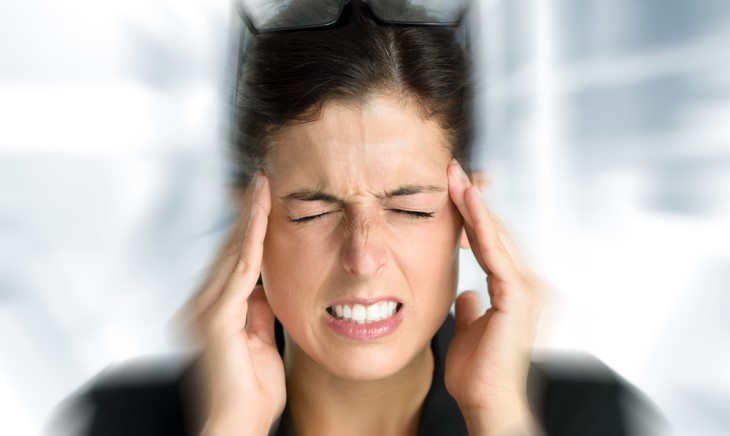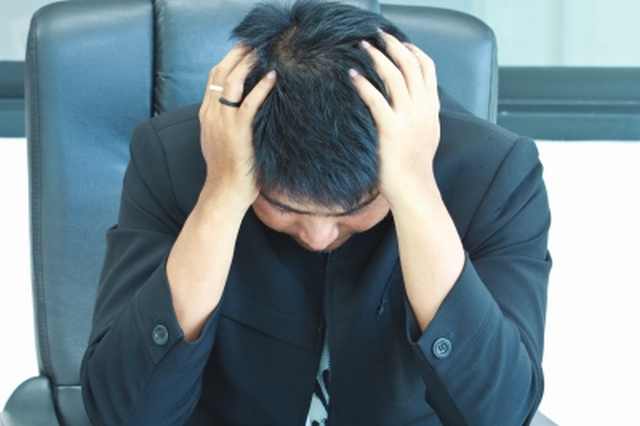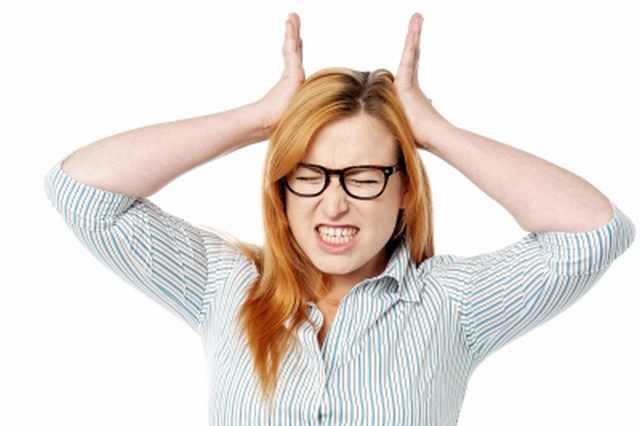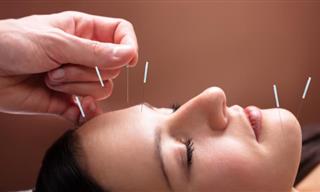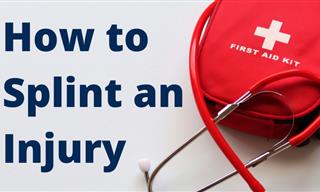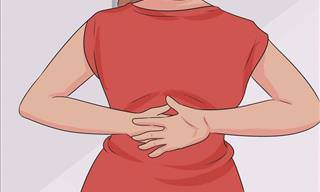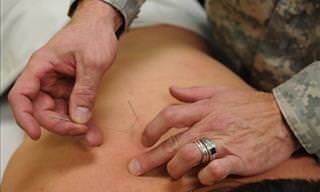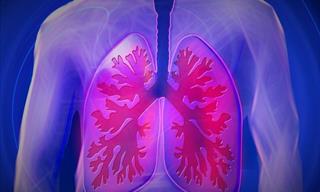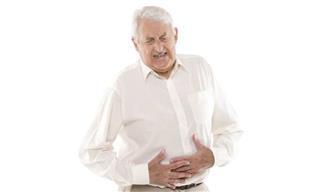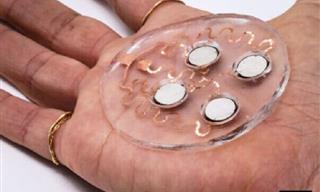1. Rebound headache
Rebound headaches stem from chronic medication use. Overusing non-steroidal anti-inflammatory drugs (NSAIDs) like ibuprofen, acetaminophen, or aspirin, or taking migraine medication more than 10 days a month can increase your risk of developing rebound headaches. These headaches occur when painkillers are taken in excessive doses, causing pain rather than preventing it. It is recommended that you don't attempt to handle the problem of stopping medication on your own. Instead, seek the advice of a doctor who can provide alternative treatments to help you stop the medication safely.
Where it's located: These are typically generalized headaches, meaning the pain can occur in any part of the head. It often feels like a dull, tension-type headache. These are typically generalized headaches, meaning the pain can occur in any part of the head. It often feels like a dull, tension-type headache.
2. Tension headache
Tension headache is the most common type of headache, characterized by persistent pressure or throbbing on both sides of the head or in the back of the head and neck. Stress, poor posture, and teeth grinding are common causes of tension headaches. While the physiological explanation for this type of pain isn't entirely clear, it is believed to be a change in the balance of chemicals in the brain or signals involved in the nerves leading to the brain. Over-the-counter pain relievers, such as aspirin, ibuprofen, or acetaminophen, can help treat headaches caused by stress. Natural stress-relievers like meditation and yoga can also be effective.
Where it's located: The pain is often described as a constant band-like pain around the head, generally on both sides, or at the back of the head and neck.
3. Toothache that causes headaches
There are certain dental conditions like bruxism (teeth grinding) or TMJ (jaw joint problems) that can lead to facial pain or headaches. While teeth grinding usually happens at night, TMJ affects the joints situated in front of the ear, amidst the jaw and the skull. These disorders may arise due to a misaligned jaw, stress, poor posture, arthritis or erosion of cartilage, muscles, and ligaments in the jaw. Your dentist can help you diagnose the root cause of your headaches. If it is related to dental problems, he may suggest treatments like stretching the jaws, bite guards, or other alternatives to reduce tension.
Where it's located: This type of headache can occur anywhere, but it's typically felt in the lower part of the head, around the jaw, or the cheekbones.
4. Cluster headaches
Cluster headaches are an intense form of headache that cause severe pain on one side of the head, around the eye, temple area, and sometimes in the jaw. These headaches can last from 15 minutes to 3 hours, and they occur repeatedly for a specific duration of time. They are more prevalent in men and can be triggered by various factors, such as alcohol consumption, smoking, and certain foods. Symptoms of cluster headaches include redness, drooping eyelids, runny nose, or tearing in both eyes. Treatment options include triptan family substances that increase serotonin levels and oxygen therapy. Non-steroidal anti-inflammatory drugs aren't effective in managing cluster headaches.
Where it's located: Cluster headaches typically present as severe pain on one side of the head, often around the eye and temple area.
5. Migraine
A migraine is a type of headache that affects one side of the head and is more common in women than men. The exact cause of migraines isn't well understood, but it is believed to be related to changes in brain activity that affect blood vessels and nerves. Migraines can be triggered by various factors, including changes in sleep patterns, diet, hormones, or mood. They typically last anywhere from 4 to 72 hours and are often accompanied by nausea, vomiting, and sensitivity to light, noise, and smells. Physical activity can make the pain worse. Treatment options for migraines include pain relievers like acetaminophen, ibuprofen, or triptans, as well as avoiding certain triggers like alcohol, smoking, and artificial additives. Drinking more water or green tea and getting plenty of rest can also help alleviate symptoms.
Where it's located: Migraines are typically experienced as a severe, throbbing pain on one side of the head.
6. Caffeine headache
A caffeine headache can occur when a person who regularly consumes high amounts of caffeine suddenly stops or reduces their intake, causing the body to go into a state of stress and resulting in headaches within 12 to 24 hours. While painkillers can provide temporary relief, it's best to change consumption habits by either consuming caffeine at a fixed time, reducing caffeine intake, or completely giving up caffeine to alleviate the pain.
Where it's located: The pain from caffeine headaches can be felt throughout the head, but often it is a generalized headache.
7. Orgasm headache
This may sound way out there, but occasionally, individuals may experience pain during or after sexual activity, which is more common among young men. This discomfort, which originates from physiological changes during sexual arousal, is usually focused in the neck and nape muscles or caused by pressure in the arteries and veins leading to the brain. Although the pain is generally not harmful and doesn't affect sexual performance, those who experience it frequently should seek medical advice as it may be caused by abnormal blood flow. In such cases, taking a pain reliever before sexual activity may help alleviate the pain.
Where it's located: These headaches usually begin at the base of the skull and neck and can spread to the rest of the head.
8. Early morning headache
Experiencing a headache in the early morning can be quite bothersome and may have various underlying causes. These causes range from migraines, rebound headaches, toothaches, dehydration, to aggravation after a night of alcohol and lack of sleep. However, in rare cases, it may also be a symptom of a brain tumor. If you frequently experience early morning headaches and can't find a logical explanation for them, it is advisable to seek medical attention.
Where it's located: The pain location can vary greatly depending on the underlying cause. It could be anywhere from the front, back, or sides of the head.
9. Sinusitis
Sinusitis is another possible cause of early morning headaches that shouldn't be overlooked.
These types of headaches are caused by pressure or inflammation in the sinuses. The pain can be felt on both sides of the nose, in the cheekbones, forehead, and can radiate to other areas including the teeth and jaw. Sinusitis can also cause nasal congestion and watery eyes, but is primarily due to an infection and may include symptoms such as a green runny nose, cough, phlegm, sore throat, and fever. It is important to seek medical treatment for sinusitis and consult an otolaryngologist if there are concerns.
Where it's located: The pain is usually localized to the front of the head around the forehead, cheekbones, or bridge of the nose.
10. Ice cream headache
Ganglioneuralgia is a medical term used to describe the headache caused by consuming extremely cold drinks or foods such as ice cream, cocktails, popsicles, and ice. This phenomenon can particularly affect people who suffer from migraines. When something extremely cold touches the upper palate, the body reacts by constricting peripheral blood vessels to maintain body heat, which causes a localized drop in blood flow. As the blood vessels expand again, the nerves transmit a sensation of pain to a nerve area in the head. To deal with this, take a break from the cold until the pain subsides, drink a sip of water at room temperature to help narrow the arteries, or move the tongue on the roof of the mouth to increase heating in that area.
Where it's located: This type of headache typically causes a sharp, stabbing pain in the forehead.
11. Daily chronic headaches
If you experience a headache for 15 or more days a month, continuously for three months, you may be suffering from daily chronic headaches. These types of headaches can be caused by various factors such as overuse of painkillers, severe head injury, meningitis, or cancerous tumors in rare cases. When the cause of the pain is unknown, it could be due to the body's pain signals not functioning correctly. Treatment options include antidepressants, beta blockers, anti-epileptic drugs, pain relievers like naproxen, and even botox injections, but it's essential to consult a medical professional.
Where it's located: These are often generalized and can be felt in any part of the head.
12. Premenstrual headaches
 Go to BabaMail
Go to BabaMail


